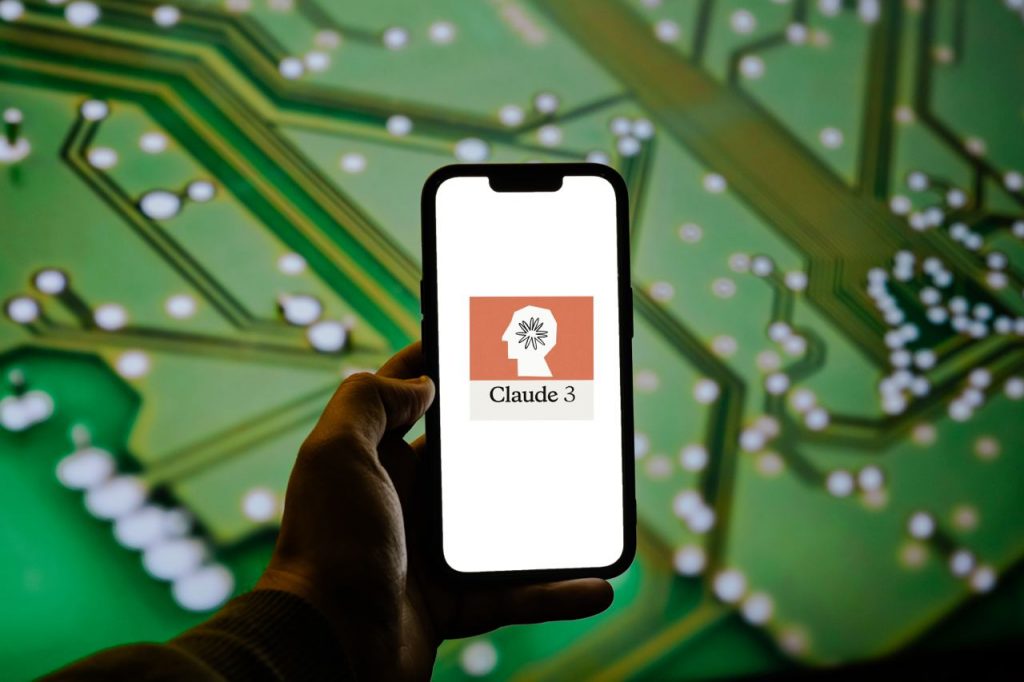
Language is the lifeblood of human interaction, and Artificial Intelligence (AI) is rapidly transforming how we understand and use it. At the forefront of this revolution are Large Language Models (LLMs), like GPT-3 and BERT, capable of generating human-quality text, translating languages, and even writing different kinds of creative content.
But with so many acronyms and technical jargon around, it’s easy to feel lost. This blog post is your guide to navigating the world of LLMs. We’ll break down the key differences between GPT-3, Copilot, Meta, Gemini, and BERT, and explore their strengths and weaknesses.
Most Popular AI Models in 2024 and Beyond
The world of AI language processing is brimming with innovation, and several names keep popping up: GPT-3, BERT, Meta,Copilot, and even myself, Gemini. Let’s dive into what makes each of these players unique:

GPT-3 (Generative Pre-Trained Transformer 3)
GPT-3 is a powerhouse LLM developed by OpenAI. It’s known for its exceptional ability to generate human-quality text, like creative writing, different kinds of content, and even code. It’s like having a highly skilled writer and translator at your fingertips.
What type of data can it generate?
GPT-3’s versatility is impressive. It can churn out poems, scripts, musical pieces, emails, letters, and even different programming languages. Need a captivating social media post or a persuasive sales pitch? GPT-3 can be your secret weapon.
Real Use Cases of GPT-3
The applications of GPT-3 are vast. Companies are using it to generate marketing copy, write product descriptions, and even create training materials. For example, a marketing agency might use GPT-3 to draft a variety of social media captions for a new product launch, allowing them to test different options and see which ones resonate best with their audience.
BERT (Bidirectional Encoder Representations from Transformers):
BERT, unlike GPT-3, isn’t a master of generation, Developed by Google AI, BERT excels at analyzing the relationships between words and understanding of existing text.
What type of data can it analyze?
BERT doesn’t generate text itself but does tasks that require a deep understanding of language. Think question answering, sentiment analysis, and summarization. For example, needing to quickly grasp the key points of a lengthy research paper or determine the overall feeling of a customer review. BERT can analyze the language and provide you with the final results you need.
Real Use Cases:
BERT’s applications are transforming various industries. In customer service, BERT can analyze customer reviews to identify areas for improvement or measure overall satisfaction. In the legal field, BERT can be used to analyze vast amounts of legal documents to find relevant case law or identify key clauses in contracts.
Meta (formerly Facebook) AI:

Meta AI isn’t a single LLM like GPT-3 or BERT. Instead, it’s a massive research lab under Meta Platforms (formerly Facebook) dedicated to advancing the field of AI. Their focus is broad, encompassing fundamental AI research to develop new technologies applicable to their various products like Facebook, Instagram, and WhatsApp.
What type of data can it generate?
While Meta AI doesn’t offer a single, public-facing data generation tool, their research directly impacts the data you see and interact with on Meta’s platforms. For instance, their work on computer vision allows features like automated image tagging on Facebook, while their advancements in natural language processing power features like improved content recommendations and automated translation of posts.
Case Studies:

Meta AI’s research has numerous real-world applications. Their work on facial recognition has led to improved photo tagging accuracy on Facebook.
Additionally, their advancements in machine translation have broken down language barriers, allowing users on platforms like WhatsApp to communicate more seamlessly across borders.
Vicuna
Vicuna is an LLM specifically designed for conversation. Developed by LMSYS, it’s fine-tuned on a massive dataset of real-world conversations, allowing it to engage in natural and informative dialogue. Think of it as a highly knowledgeable and engaging chatbot.
What type of data can it generate?
Unlike GPT-3 which excels at creative text formats, Vicuna focuses on conversational responses. It can fully answer your questions, generate different creative text formats like poems or code (though likely to a lesser quality than GPT-3), and even hold engaging discussions on various topics.
Real Use Cases:
Vicuna’s primary use case lies in research on chatbots and conversational AI. Researchers can leverage Vicuna to test different conversation models and approaches, ultimately leading to more natural and engaging chat experiences for users. Additionally, Vicuna’s ability to answer questions in an informative way makes it a potential tool for educational applications or virtual assistants.
Claude 3

Claude 3 is a recently released (March 2024) family of large language models developed by Anthropic, an AI research company known for its commitment to responsible AI development. It comes in three tiers: Haiku, Sonnet, and Opus, with Opus being the most powerful and intelligent version.
What type of data can it generate?
Similar to GPT-3, Claude 3 excels at generating different creative text formats, like poems, scripts, musical pieces, and even different programming languages. But Claude 3 boasts a unique edge: strong vision capabilities. It can process and understand a wide range of visual formats, including photos, charts, graphs, and technical diagrams. This opens doors for applications where visual information plays a crucial role.
Real Use Case:

Claude 3 is still quite new, but its potential applications are vast. Imagine a design team using Claude 3 to generate different creative concepts based on a mood board of images. Or, a scientist using Claude 3 to analyze complex scientific diagrams and translate their findings into clear, concise language. The ability to understand and utilize both text and visual data makes Claude 3 a powerful tool for various industries.
Cohere
Cohere stands out as a Canadian startup offering LLMs specifically tailored for enterprise needs. Their focus isn’t just on impressive text generation, but on building practical tools that solve real-world business problems.
What type of data can it generate?
Cohere’s LLMs, like their flagship Command R model, excel at tasks that directly impact businesses. Imagine needing to analyze massive amounts of customer reviews to understand sentiment or generate different creative marketing copy variations. Cohere’s LLMs can tackle these challenges. Their capabilities extend to areas like summarizing complex documents, creating different kinds of content like product descriptions, and even writing different kinds of code.
Real Case Studies:
Large e-commerce company “Retail Rapids,” uses Cohere’s LLM to analyze customer reviews on their website. By feeding the LLM thousands of reviews, Retail Rapids can gain valuable insights into customer sentiment and identify areas for product improvement. Additionally, Cohere’s LLM helps them personalize product recommendations for each customer, leading to a more satisfying shopping experience.
Table Comparison of Popular LLMS models
| Feature | GPT-3 (OpenAI) | Bard (Google AI) | Meta AI | Vicuna (DeepMind) | Claude 3 (Anthropic) |
| Focus | Text generation, creative content | Text generation, question answering | LLM research, various applications | Open-ended research, factual language | Safety-focused, reasoning, dialogue |
| Strengths | Highly versatile text generation, code generation | Informative answers, multiple languages | Broad research focus, social media applications | Strong factual grounding, safety emphasis | Reasoning, dialogue, and alignment with human values |
| Weaknesses | Can be prone to factual errors and biases | Still under development | LLM access not widely available | Limited public information available | Access restricted for research purposes |
| Availability | Closed API system (apply for access) | Open access for some features | Research focused, limited public availability | Research focused, limited public availability | Research focused, limited public availability |
| Examples of Use | Marketing copy generation, code completion, creative writing | Question answering, summarizing text, translation | Social media analysis, virtual reality applications | Scientific research, factual language processing | Safety-focused dialogue systems, alignment research |
Conclusion
The landscape of Large Language Models is brimming with innovation, each player bringing unique strengths to the table. From creative text generation to factual language processing, LLMs have the potential to reshape communication, work, and our understanding of the world.
As these AI marvels continue to develop, the possibilities are truly endless. We stand at the precipice of an exciting future, where LLMs can become powerful tools for enhancing creativity, personalizing education, and breaking down language barriers. We at FortySeven are here to help you to integrate your solutions, with implementing LLMs models. Contact us to get more information.



